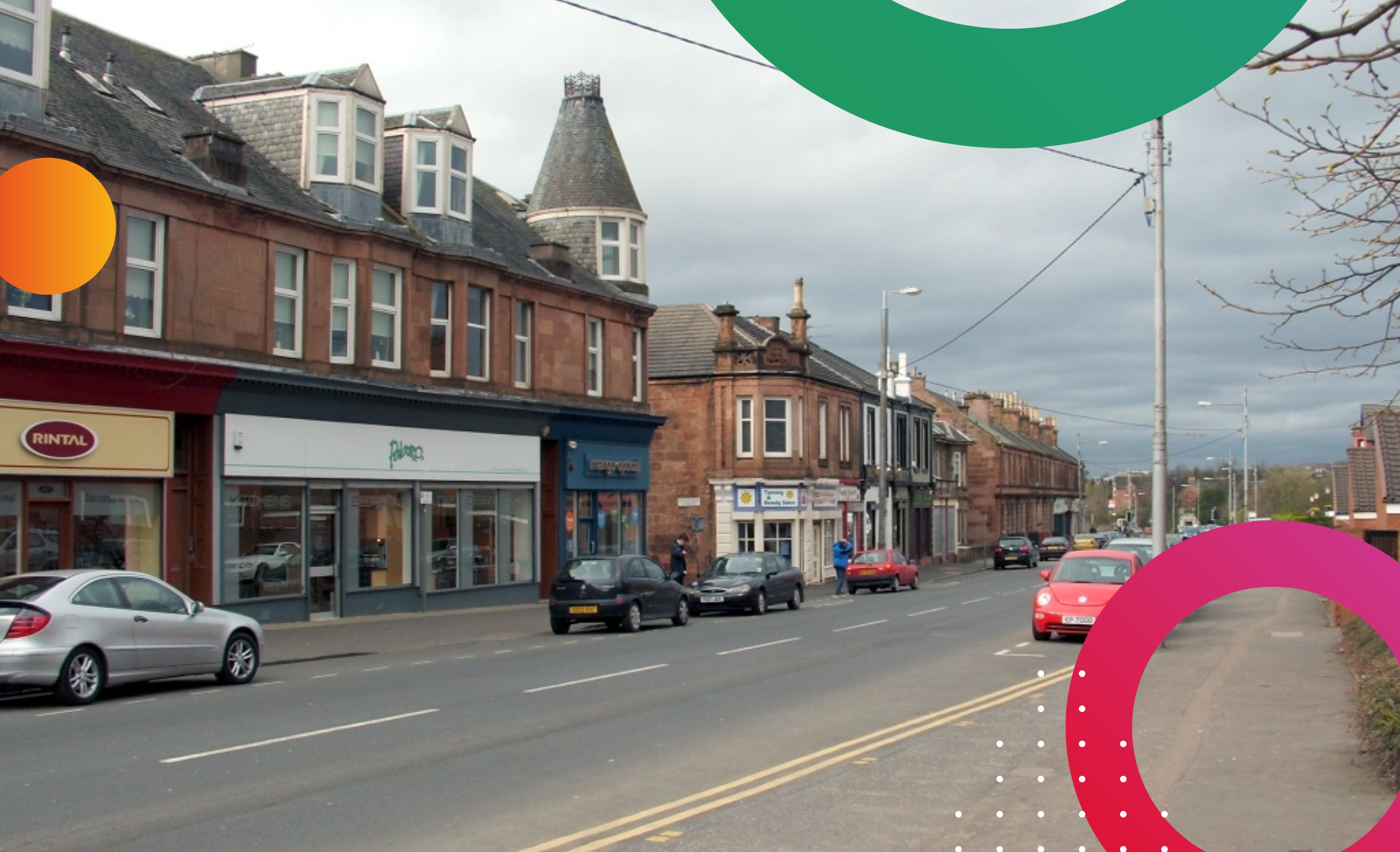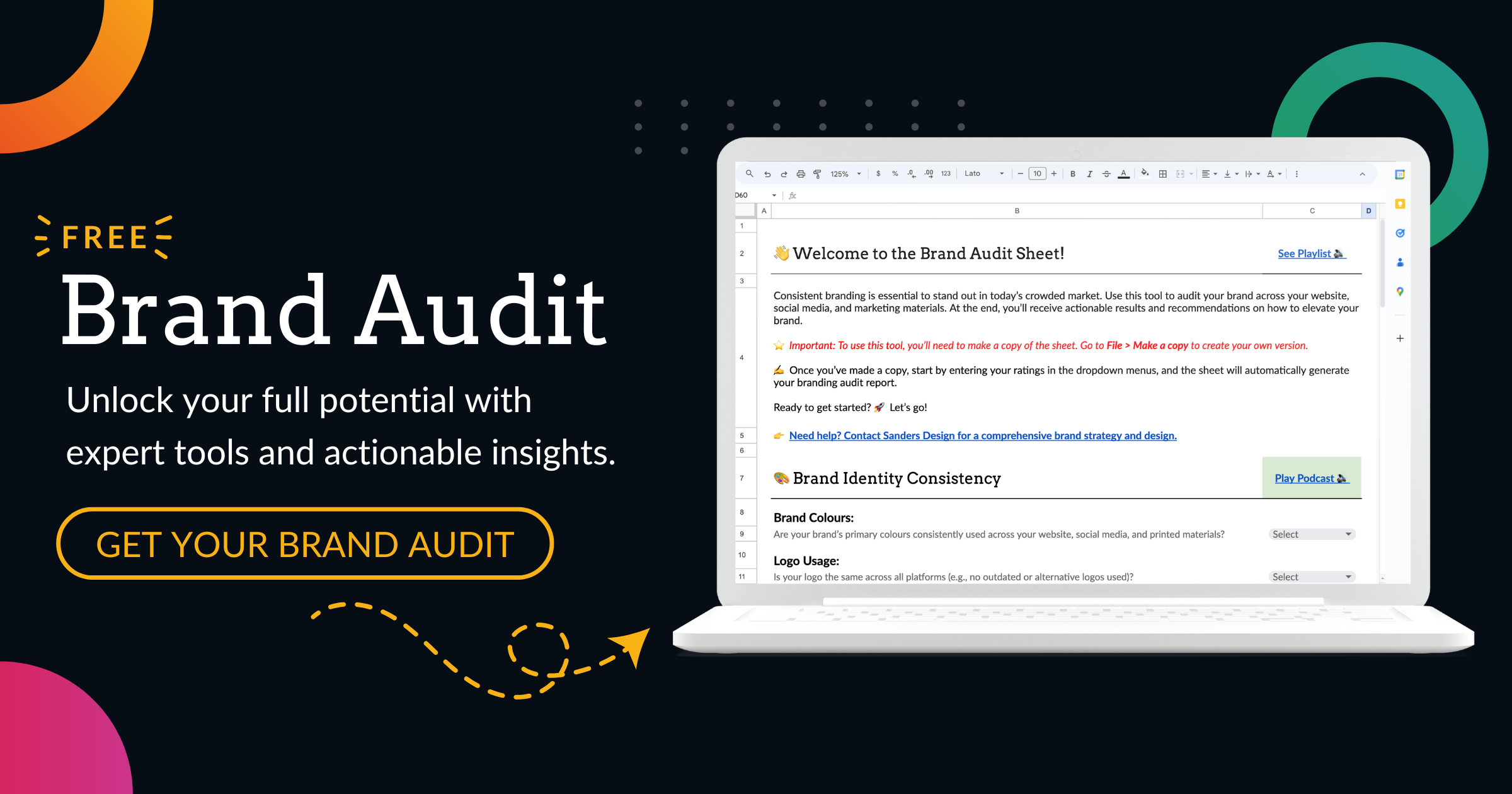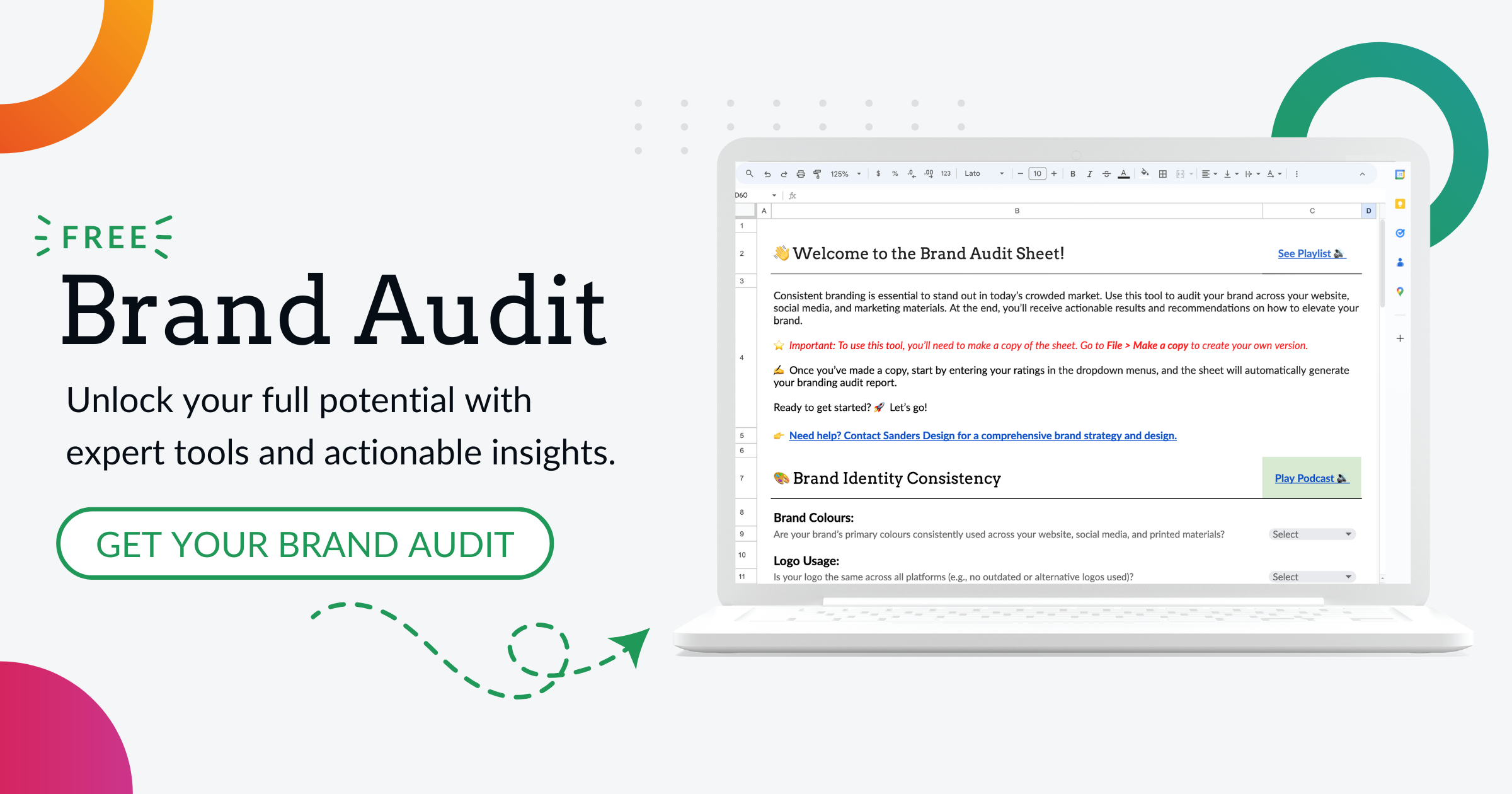Revamp Your Online Presence with Expert Web Design in Uddingston

For businesses in Uddingston, a well-designed website is more than just an online presence-it’s a critical tool for connecting with customers and establishing a credible brand image. With so many web design options available, it’s essential to choose a partner who understands your unique business needs and can deliver results that resonate with your audience.
From understanding the fundamentals of successful design, such as visual appeal and UX, to ensuring mobile-friendliness and SEO optimisation, finding the right web design team can set the foundation for a website that drives engagement and supports your business growth. This guide will walk you through the key considerations for selecting a reliable web design company and the essential elements that make for a high-performing website.
How to Choose the Perfect Web Design Partner in Uddingston: Key Factors for Success
Selecting the right web design company in Uddingston can feel overwhelming, especially with so many options available. It’s essential to look for a company that understands your specific needs and has a proven track record of delivering successful projects. Start by researching local agencies that have experience working with businesses similar to yours.
Look for testimonials and case studies that showcase their expertise in areas like WordPress web design, branding, and e-commerce solutions. A company that takes the time to understand your vision and goals will be better equipped to create a website that resonates with your target audience. Additionally, consider the level of support and communication you can expect from the web design company.
A collaborative approach is vital for ensuring that your ideas are incorporated into the final product. During initial consultations, pay attention to how well they listen to your needs and whether they offer valuable insights based on their experience. A good web design partner will not only provide technical skills but also act as a strategic advisor, helping you navigate the complexities of online branding and user engagement.
By choosing wisely, you can establish a long-term relationship with a web design company that will support your business as it grows.
Elements of a Successful Website Design
A successful website design is built on several key elements that work together to create an engaging user experience. First and foremost, visual appeal plays a significant role in capturing visitors’ attention. This includes the use of colour schemes, typography, and imagery that align with your brand identity.
A cohesive design not only makes your site aesthetically pleasing but also reinforces brand recognition. Additionally, incorporating high-quality images and graphics can enhance storytelling and convey your message more effectively. Remember, your website is often the first impression potential customers have of your business; make it count by ensuring it reflects professionalism and creativity.
Another critical element is content organisation. A well-structured website allows users to navigate seamlessly from one section to another without feeling lost or overwhelmed. Clear headings, intuitive menus, and strategically placed calls-to-action guide visitors toward desired actions, such as making a purchase or signing up for a newsletter.
Furthermore, incorporating elements like testimonials or case studies can build trust and credibility with potential clients. By focusing on these essential components, you can create a website that not only attracts visitors but also encourages them to engage with your brand meaningfully.
Incorporating User Experience (UX) Design

User Experience (UX) design is an integral part of creating a successful website that meets the needs of its visitors. At its core, UX design focuses on understanding how users interact with your site and ensuring that their journey is as smooth as possible. This involves conducting research to identify user preferences and pain points, allowing you to tailor your website accordingly.
For instance, if users frequently struggle to find specific information, you may need to rethink your navigation structure or enhance your search functionality. By prioritising UX design, you can significantly improve user satisfaction and increase the likelihood of conversions. Moreover, effective UX design goes hand-in-hand with accessibility.
It’s essential to ensure that all users, regardless of their abilities or disabilities, can navigate your site effortlessly. This includes using alt text for images, ensuring sufficient contrast between text and background colours, and providing keyboard navigation options. By making your website accessible to everyone, you not only comply with legal requirements but also expand your potential customer base.
Ultimately, investing in UX design is about creating an inclusive online environment where all users feel valued and empowered to engage with your brand.
Responsive and Mobile-Friendly Design
In an era where mobile devices dominate internet usage, having a responsive and mobile-friendly design is no longer optional; it’s essential for any business looking to succeed online. A responsive design ensures that your website adapts seamlessly to various screen sizes, providing an optimal viewing experience whether users are on a desktop computer or a smartphone. This flexibility not only enhances user satisfaction but also positively impacts your search engine rankings, as search engines like Google prioritise mobile-friendly sites in their results.
Additionally, mobile-friendly design involves optimising loading times and simplifying navigation for smaller screens. Users are often impatient; if your site takes too long to load or is difficult to navigate on their devices, they are likely to abandon it in favour of a competitor’s site. By prioritising responsive design principles, you can create a website that caters to the needs of today’s mobile users while ensuring that your brand remains accessible at all times.
This commitment to user experience can lead to increased engagement and higher conversion rates.
Optimising for Search Engines (SEO)
Search Engine Optimisation (SEO) is a crucial aspect of web design that cannot be overlooked if you want your business to be found online. SEO involves implementing strategies that improve your website’s visibility on search engines like Google, making it easier for potential customers to discover your services. This includes optimising on-page elements such as title tags, meta descriptions, and header tags with relevant keywords related to your business offerings.
For instance, if you provide WordPress web design services in Uddingston, incorporating these keywords naturally throughout your content can help attract local traffic. Furthermore, SEO isn’t just about keywords; it also encompasses technical aspects such as site speed, mobile-friendliness, and secure connections (HTTPS). Search engines favour websites that load quickly and provide a secure browsing experience for users.
Regularly updating your content with fresh information can also signal to search engines that your site is active and relevant. By prioritising SEO in your web design process, you can significantly enhance your online presence and drive more organic traffic to your site.
Measuring Success and Continuous Improvement
Once your website is live, measuring its success is vital for understanding how well it meets your business goals. Utilising tools like Google Analytics allows you to track key performance indicators (KPIs) such as visitor numbers, bounce rates, and conversion rates. By analysing this data, you can gain valuable insights into user behaviour and identify areas for improvement.
For example, if you notice a high bounce rate on specific pages, it may indicate that the content isn’t resonating with visitors or that navigation could be improved. Continuous improvement should be an ongoing process in your web design strategy. Regularly soliciting feedback from users can provide additional perspectives on how well your site meets their needs.
Implementing A/B testing can also help you determine which design elements or content strategies yield better results. By staying proactive in measuring success and making necessary adjustments, you can ensure that your website remains relevant and effective in achieving your business objectives over time. Embracing this mindset of continuous improvement will empower you to adapt to changing market trends and user preferences while solidifying your position as a trusted player in the digital landscape.
If you’re interested in web design and are based in Uddingston, you might find the article on identity design particularly relevant. It explores various aspects of creating a unique brand identity, which is crucial for any business looking to stand out online. You can read more about how to effectively use design elements to represent your brand’s values and attract your target audience by visiting this detailed guide on identity design. This resource is especially useful for businesses and web designers aiming to enhance their online presence through thoughtful and cohesive design strategies.


Author: Martin Sanders
I empower businesses to connect with their customers and boost sales. Ready to take your revenue to new heights? Get in touch with me today, and let’s make it happen!


